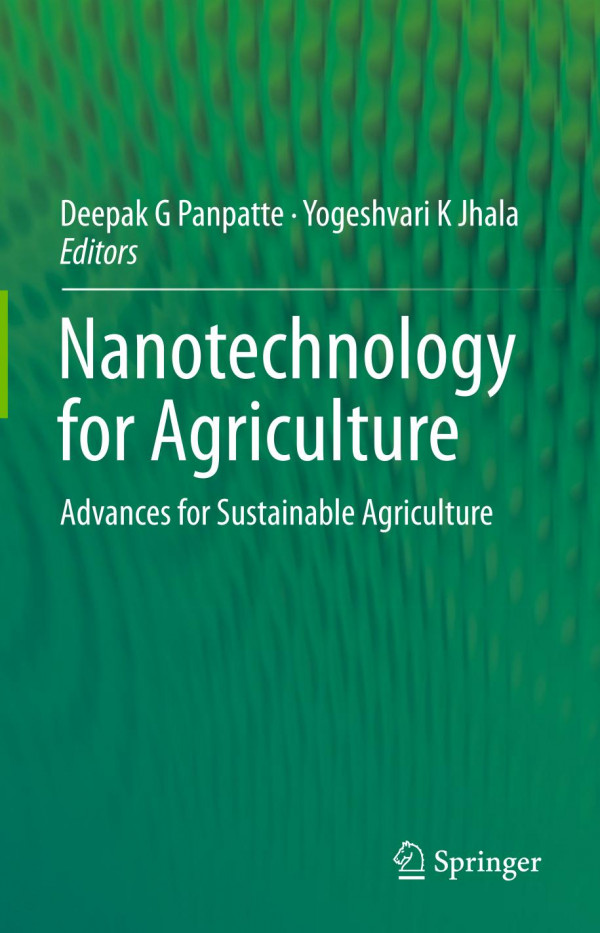

Most ebook files are in PDF format, so you can easily read them using various software such as Foxit Reader or directly on the Google Chrome browser.
Some ebook files are released by publishers in other formats such as .awz, .mobi, .epub, .fb2, etc. You may need to install specific software to read these formats on mobile/PC, such as Calibre.
Please read the tutorial at this link: https://ebookbell.com/faq
We offer FREE conversion to the popular formats you request; however, this may take some time. Therefore, right after payment, please email us, and we will try to provide the service as quickly as possible.
For some exceptional file formats or broken links (if any), please refrain from opening any disputes. Instead, email us first, and we will try to assist within a maximum of 6 hours.
EbookBell Team

4.3
98 reviewsThe emergence of nanotechnology and the development of new nano-devices and nanomaterials open up opportunities for novel applications in agriculture and biotechnology. Nanotechnology has the potential to modernize the agricultural research and practice. Nanotechnology has gained momentum in agriculture sector during last decade, but still there are knowledge gap between scientific communities. This book comprise of holistic coverage about current developments in nanotechnology based sustainable agriculture. It contains sections focusing on each aspect of the implications of nanotechnology in different sectors of agriculture from crop production, soil fertility management, crop improvement etc. It also provides insight into the current trends and future prospects of nanotechnology along with the benefits and risks and their impact on agricultural ecosystems. This book emphasize on use of nanotechnology to reduce agrochemical usage via smart delivery system, increase nutrient use efficiency, improved water and nutrient management, nano-biosensors for management of plant diseases etc.
The book provides thorough knowledge for dealing with current challenges of agricultural sector using nanotechnology based agricultural interventions. It will serve as reference literature for scientists, policymakers, students and researchers who are engaged in development of strategies to cope up with challenges of current agricultural systems and society.